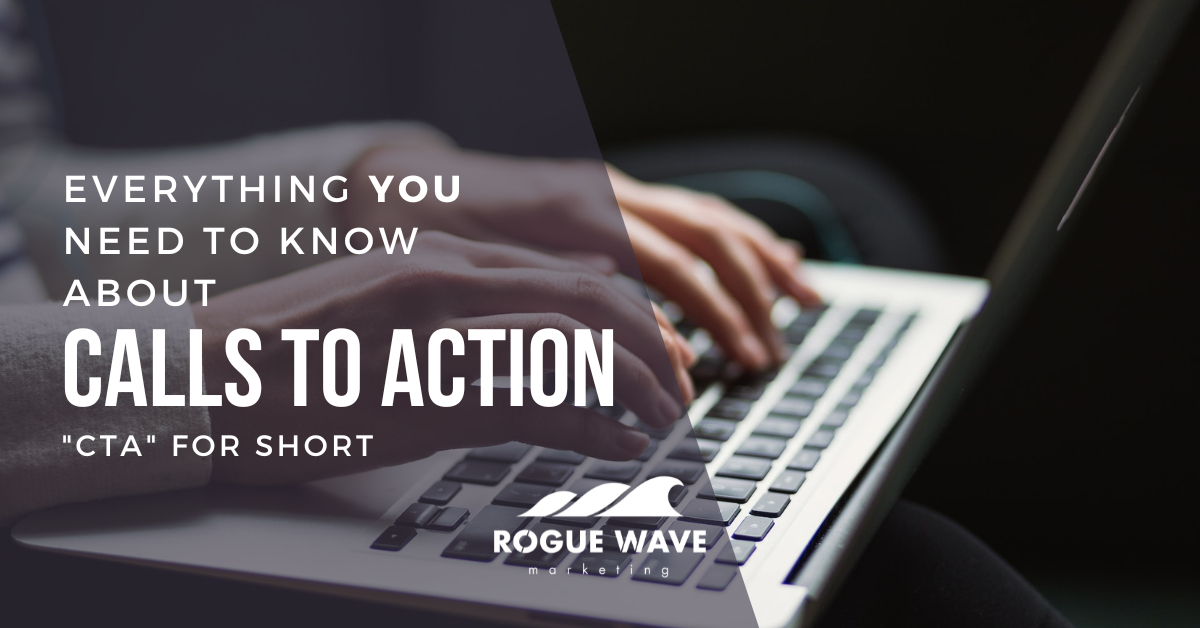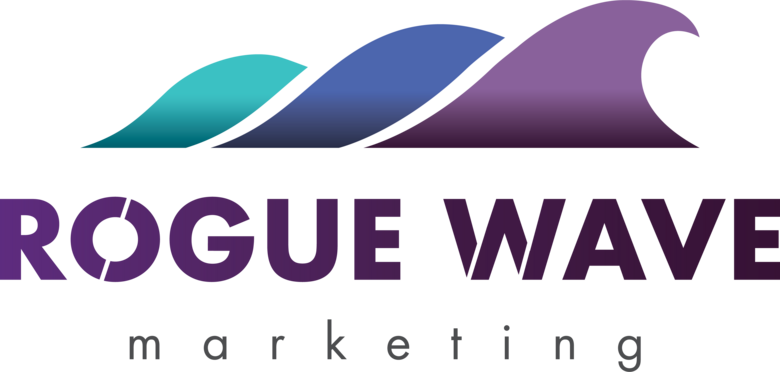
Are you interested in learning everything you need to know about marketing calls to action? If that sounds like you, then you came to the right place!
If you’ve spent any amount of time on the internet in the last three decades, chances are high that you’ve come across your fair share of calls to action. However, now that you’re the one trying to create your own call to action, you may be asking yourself some critical questions.
Questions such as: what is a call to action, why do I need a call to action, what are the differences between good & bad calls to action, and most importantly, we’re going to answer your burning question of “how can I write a marketing call to action that doesn’t suck!?” So without further ado, let’s talk about calls to action!
What Is A Call To Action And Why Do I Need One?
In marketing, a call to action (CTA) is any prompt, content, or element that is designed to get your online visitor to take a desired action. When used correctly, CTAs can help your business build an email list, add more subscribers to your newsletter, substantially increase sales, or even help you book more appointments.
“That’s nice and all, but what actually is a call to action and what does one look like?” – you probably. A call to action can be anything from a link saying “buy now”, to a popup asking you to take a quick survey, or it can even be a button on a sidebar asking you to schedule your free consultation.
CTAs can come in many shapes and sizes, but regardless of what form they come in, well-designed CTAs can be an essential tool for the success of any business. According to Creative MMS, well-placed and relevant CTAs can increase your conversion rate by up to 80%!
How To Make An Effective Call to Action?
Sounds simple enough, right?
WRONG.
Creating and writing effective CTAs is not as easy as it seems. You can’t just slap a “Buy Now” link on your website and expect people to flock to your product like moths to a flame. You need to craft your CTAs carefully, using persuasive language, appealing design, and a clear value proposition.
Here are a few key CTA characteristics that you should consider using when building the perfect CTAs for your website!
1) Write Clear and Concise CTAs
Being able to measure your progress is a critical part of any SMART goal. Once you have a quantifiable objective to reach, you can define what data you’ll use to measure your progress. Figure out what performance benchmarks will you use to define your objectives. Then set up a system to periodically measure and track your success.
2) Shape and Design
CTAs often show up as buttons on a page, and for good reason. A button has the advantage of looking different from everything else while also being enticing to press.
In the olden days, buttons used to be emotionless boxes that hardly stood out from the rest of the page. Nowadays, web developers can make beautiful CTA buttons that are colorful, feature rounded corners, and hover animations.
3) Order
It’s best practice to use only a single CTA per page. However, in some instances, such as building an opt-in modal popup for a newsletter signup, you’re going to have to use multiple CTAs.
If that’s the case, then make sure your preferred CTA, “Sign-Up” in the case of the newsletter, is highly contrasted compared to the rest of the page, and make the opt-out button less pronounced.
This is concept is called button hierarchy, but luckily, it’s not a frequent thing that you’ll have to concern yourself with when building pages as you’re more often than not only going to be using one CTA per page.
4) Choose The Right Colors
Let’s say you’re creating a new web page for the Green Bay Packers, and you need to come up with a beautiful and eye-catching landing page to highlight their upcoming season. Luckily for you, the football team has great green, gold, and white color scheme.
When companies have a tertiary color scheme, you’ll want to plan out your page so that you’re using the high-contrasting color (gold) for the CTAs and the other two colors (green & white) for the rest of the page.
5) Large and Legible Text
As we’re eluding to in this article, you’re going to want your CTAs to stand out from the rest of the page! One way you can make that happen is to make the copy of your CTAs large and legible.
So when you’re making your CTAs, try to pick a font that is easy to read, make sure the kerning of your font is evenly spaced, make sure the color of your font contrasts nicely with the CTA background color, and remember that bolded fonts are more friendly than non-bolded fonts!
6) Location, Location, Location
In addition to everything else we’ve talked about, it’s also important where you place your CTAs. If you decide that a single CTA at the bottom of a page is good enough, then your visitors will need to scroll all the way to the bottom in order to do what you want them to do!
It’s often better to have a CTA at every scroll depth, including one above the fold, so that your visitors can purchase at any moment in their buyer’s journey.
If you want to take that concept to the next level, then consider adding a sticky CTA to your page. This is a CTA that will move with the visitor as they scroll through your webpage. It’s a bit more complicated to implement than the former method, but the results may be just what you’re looking for.
7) Use A Sense Of Urgency
If you’re using language like, “Buy Sometime” or “Schedule Whenever”, then you probably won’t be getting the results that you’re looking to get for your business. You will need to use language that inspires a sense of urgency in your visitors.
So rather than “Buy Sometime” try “Buy Today”, and instead of “Schedule Whenever” give “Schedule Now” a shot. One last word on this, make sure that the copy of your CTAs are relevant to what you want them to accomplish.
What Is The Difference Between A Good and Bad CTA?
It’s easy to get lost in the weeds when building your first few CTA buttons, but we think it might just be easier to see an example of what a bad CTA looks like compared to what a good one can look like:
Bad CTA
Good CTA
Dark Patterns
We know that all of our readers are perfect citizens, but when building your CTAs, try your best to avoid utilizing dark patterns.
A dark pattern is a UX (user experience) design technique that is designed to trick users into performing particular actions.
If you’re interested in learning more about these deceptive patterns and how to avoid them, check out this link to learn more about dark patterns.
One of our favorite dark patterns is confirmshaming. Here’s an example of that shameful practice here:

How can we help?
At Rogue Wave Marketing, we reveal the uniqueness of every brand through inspirational and impactful messaging and content catered for your audience.
Final Thoughts On Everything You Need To Know About Marketing Calls-to-Action
Calls to action are an important tool for any successful business owner to have, but creating well-crafted CTAs will help bring your website to its next level.
Thank you for reading through our article Everything You Need To Know About Marketing Calls-to-Action! We have many more blog articles with many more excellent tips and tricks for you to benefit from. If you’re interested in learning more about web design, check out our blog post on What We Consider During Custom Website Development to get an inside look at some of the things that we think are important during a web development project!








